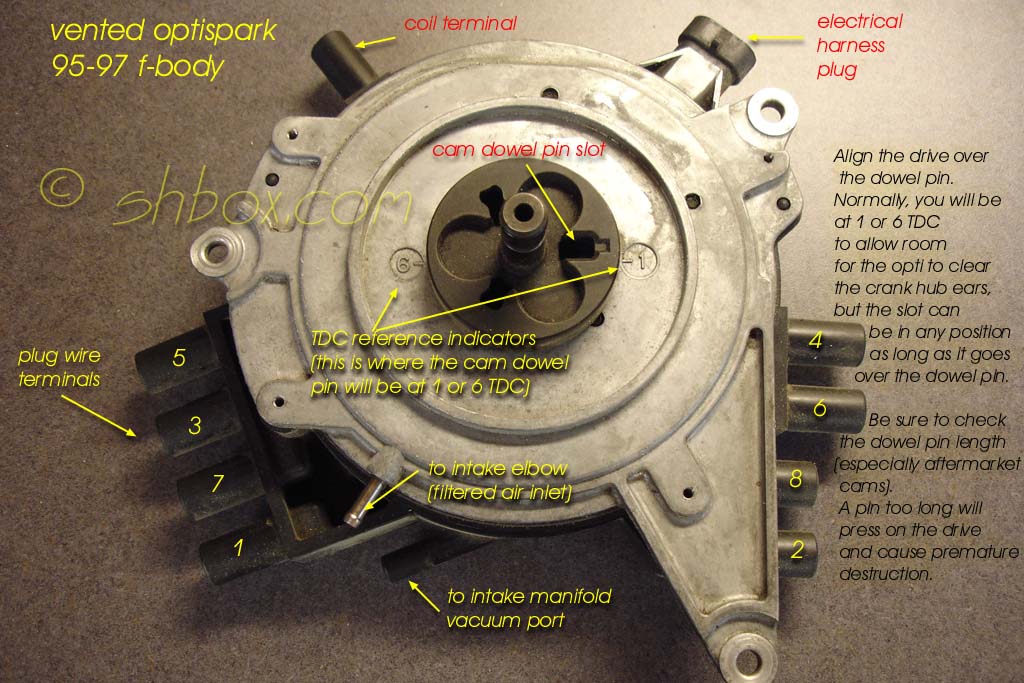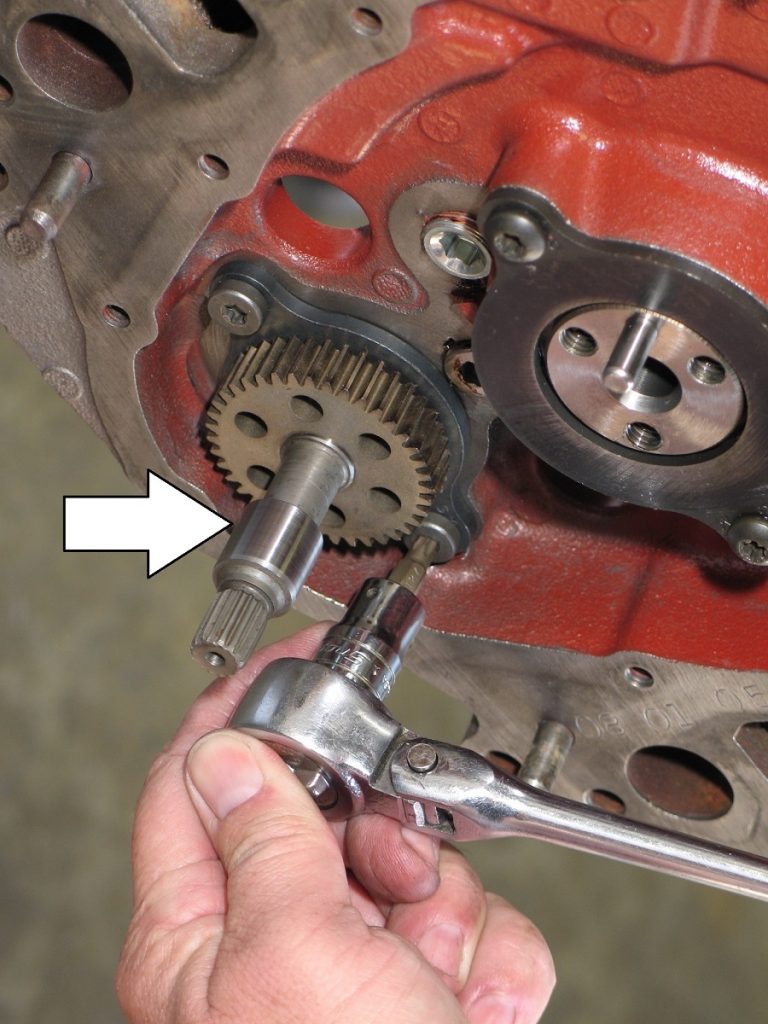
In 2015 will be the first ever Corvette with Active Fuel Management (AFM). We were trying to come out of the dark ages and manufacturers were taking small steps in technological advances. This time, it was all about change and trying to raise the bar in performance again. In 1992, it would return in the Corvette without the hyphen and be known as LT1. In 1974, the LT-1 had dwindled down to 250 hp and would not be offered for another 18 years. In the following year, 1971, the same LT-1 option was produced with 9:1 compression and offered only 330 horsepower. After 1970, tighter emission standards were starting to creep in (which I often call the dark ages) that took a toll on performance engine development. The engine was outfitted with 11:1 TRW pistons, four-bolt mains, high-volume oil pump, and 2 ½” exhaust that would propel the Corvette from 0-60 in 5.7 seconds and run the quarter mile in 14.2 seconds. But, it just wasn’t the 70 extra ponies it was the sound of the racy special solid flat tappet camshaft and lifters in a small block that let the engine turn to 6,000 rpm. The LT-1 option, which cost $447.00, offered 370 horsepower. In 1970, the base Corvette was offered with a 350 cubic inch engine that produced 300 hp. Later through the years, more engines followed such as the 283, 327, 350, 427, and 454. It was 265 cubic inches with a 4-barrel carburetor that produced 195 horsepower. The need for change and performance brought about the first V8, which was introduced in 1955.

Since the first Corvette in 1953, change in performance was always a quest for Chevrolet. The LT-1 option was all about change, to raise the bar for performance. The LT1 cylinder head (top) and the LS3 (bottom) As you can see, the intake and exhaust valve positions have been changed and the spark plug on the Lt1 cylinder head is closer to the center of the combustion chamber. The RPO code consists of a combination of three alphanumeric characters that refer to a specific option or modification to a vehicle. The RPO code is used by GM as a standard for vehicle configuration options. The RPO code stands for Regular Production Option. GM first introduced the 350 cubic inch LT-1 RPO code for the 1970 Corvette. Also, the new LT1 is faster than a twin-turbo V6. The new LT1 is more efficient, more powerful, and offers more response than a smaller V8. The new LT1 revision consists of a 6.2 liter (376 cu.in) package weighing in at 465 pounds delivering 450 horsepower and 450 ft.lbs of torque and offering 26 mpg.

Confusion set in, as it was hard to grasp as to why GM would abandon the LS series engines, and how the previous generation of small block could be better than the technology that shaped GM engines of today.Īs time passed, the rumor deemed to be true and later revealed that the engine design would be taken from the LS family.


 0 kommentar(er)
0 kommentar(er)
